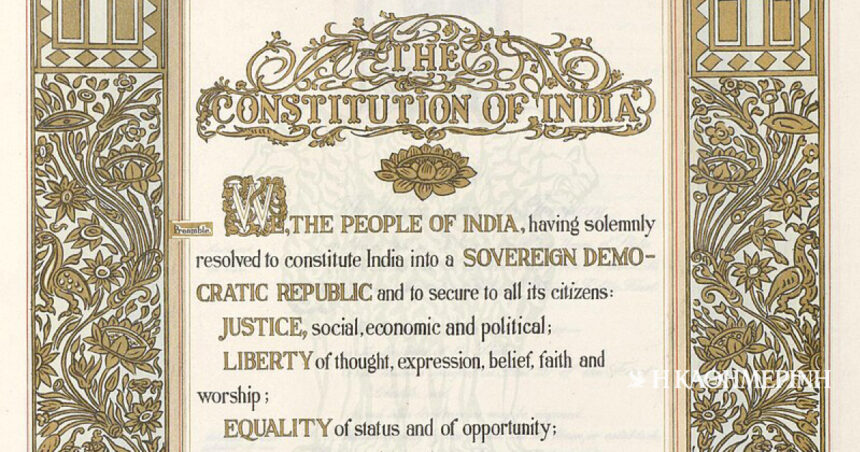After the end of World War I, a new era raised for Europe and the rest of the planet. The large multinational empires, which occupied territories in almost every corner of the globe, either collapsed, such as Germany, Austro-Hungary, the Ottoman Empire and Russia, were either shaken to such an extent that they were faced with a multitude of interior. In the latter case it belongs the United Kingdom of Great Britain and Irelandan empire in which, as many Britons were boasting in the late 19th century, the Sun never risen.
During the Great War, it is estimated that About one million Indians found in the battlefields fighting for the British crown. Their country had joined the United Kingdom in the mid -19th century, after the breakup of the East Indies company. India’s system of governance, however, was considered outdated after the end of the Great War in 1918, at a time when more and more peoples in Europe and the world were gaining state. During the interwar period, although reforms were implemented in India by the British administration, most notably 1935, The voices of those who claimed the country’s self -government increased. The dominant form of the national struggle of the Indians was the Mahatma Gandhi.
On August 15, 1947, The United Kingdom granted its national independence to India. The constitutional monarchy was recognized as a government in India, with George VI as King and Lord Ludovic Mountbatin as a ruler. Immediately a Special Committee was set up to set up a constitution, which was approved by the editorial assembly almost two years later, in November 1949. India’s new constitution came into force on January 26, 1950.
The first president of the country was elected by the Razendra Prasad. Prasad was a politician and a lawyer in the profession, and had starred in the Indian liberation movement. In fact, he had been imprisoned by the British authorities for his action in the Indians’ struggle for independence. Following the proclamation of India’s independence, Prasad was elected Speaker of the Constitutional Parliament, receiving his compatriots’ credit for his work during the preparation of the Indian Constitution. Having gained the confidence of the Indians, in 1957 he was re -elected President of India, remaining in the country’s high office until 1962.
During his presidency, Prasad worked closely with India Prime Minister Javaharlal Nehru, although they disagreed with several political and constitutional issues. Their common vision was to build a strong, independent and democratic India. However, their views were significantly different about the responsibilities of the president and the India governance model.
Column Curator: Myrto Katsiera, Vassilis Menakakis, Antigoni-Despina Poumenidou, Athanasios Syroplakis




